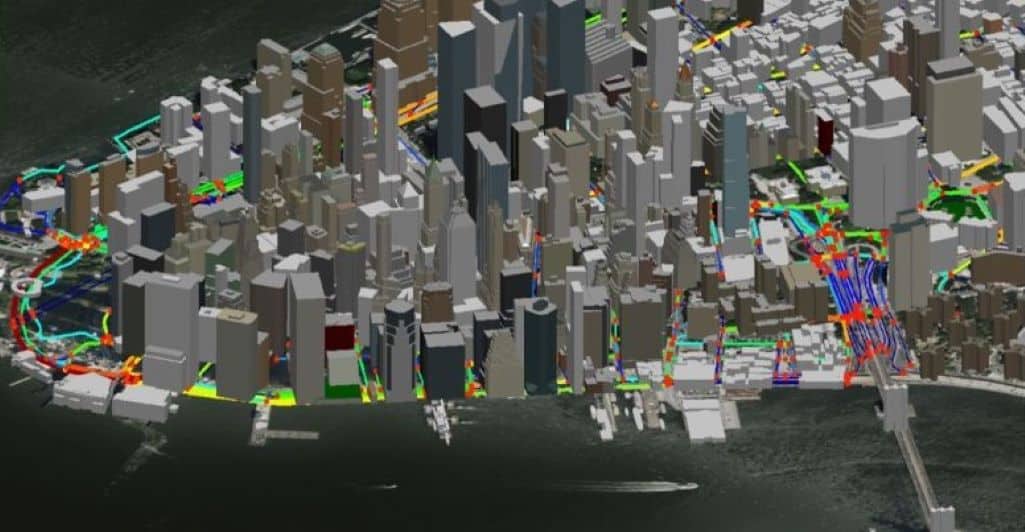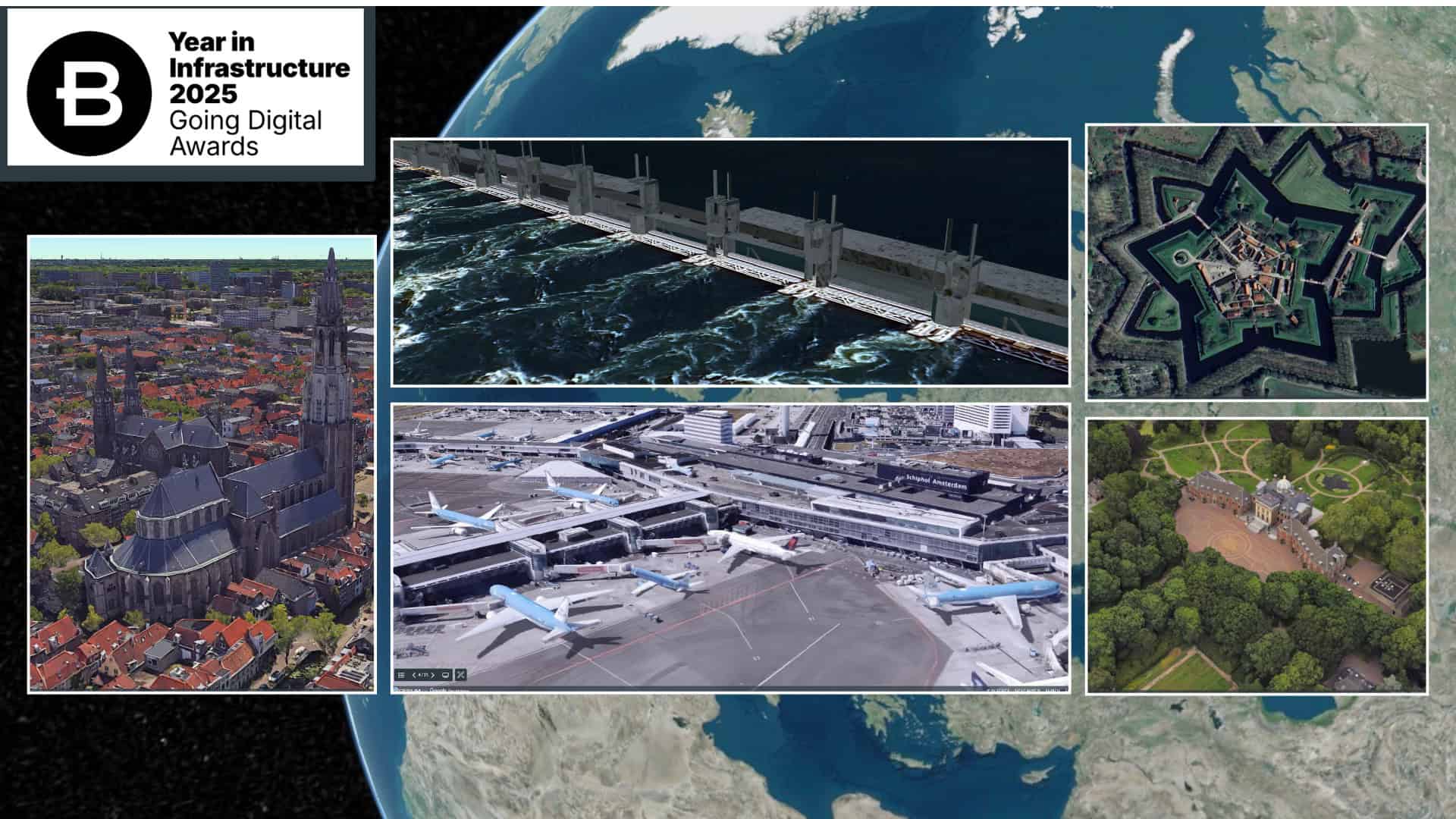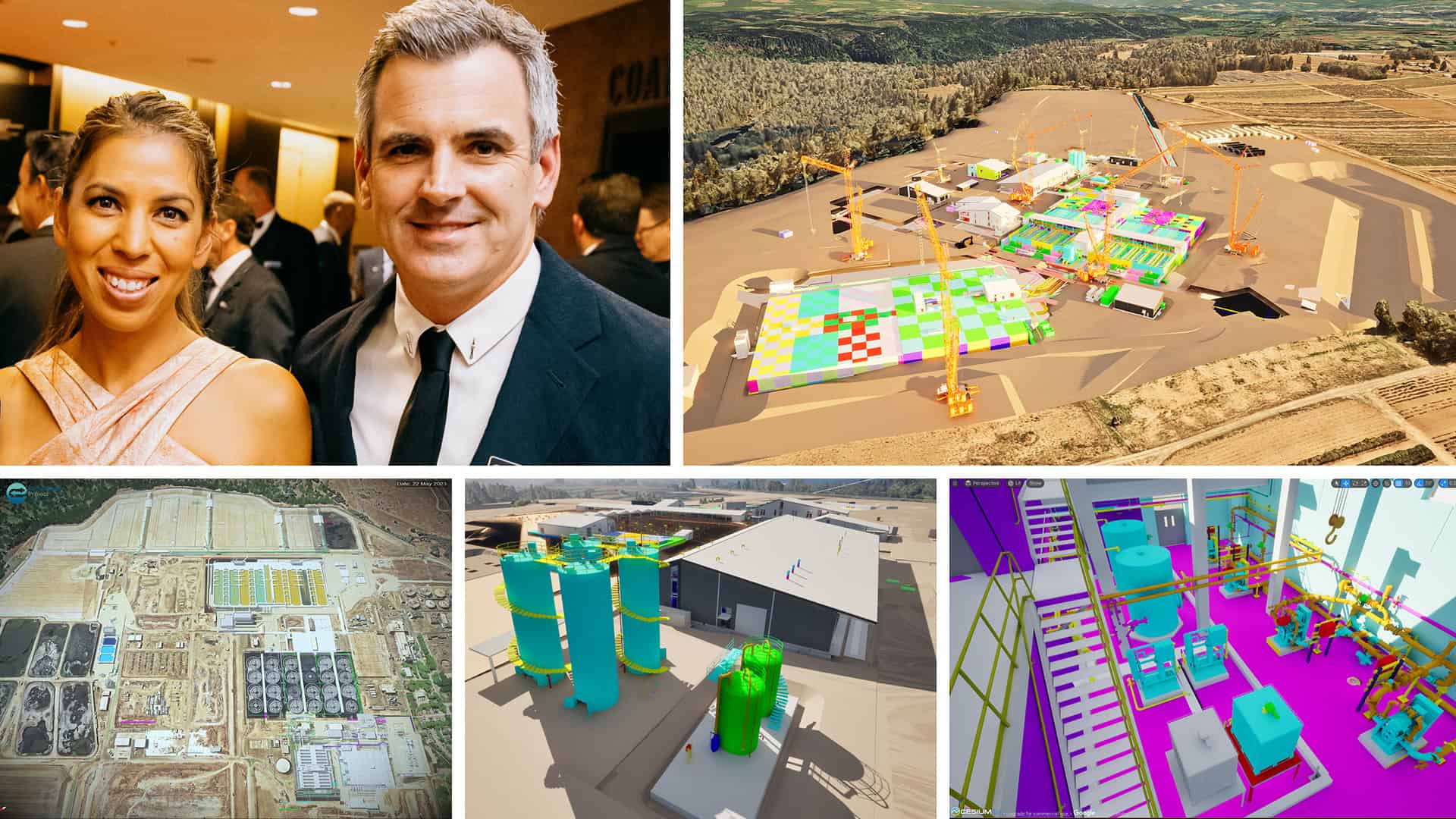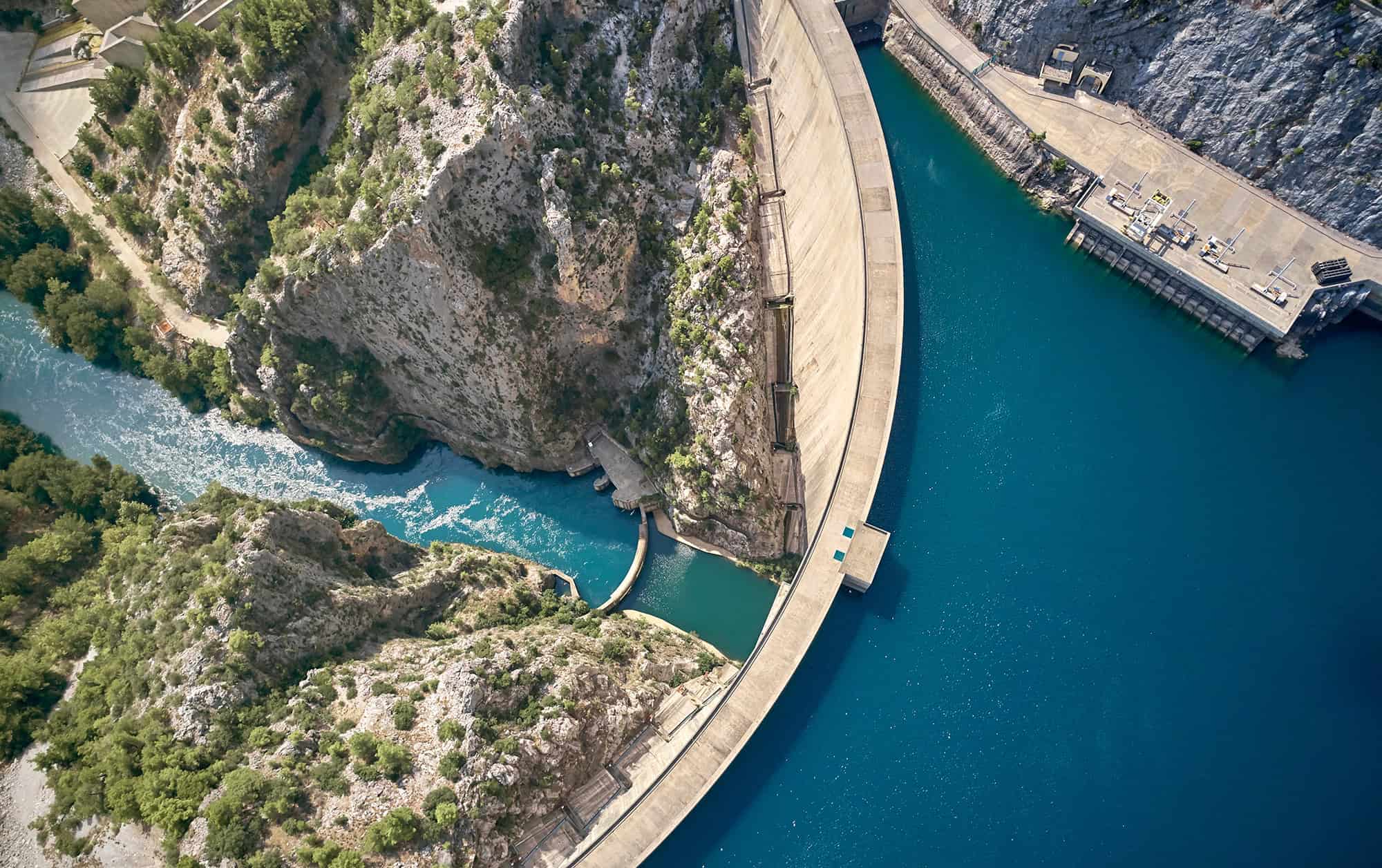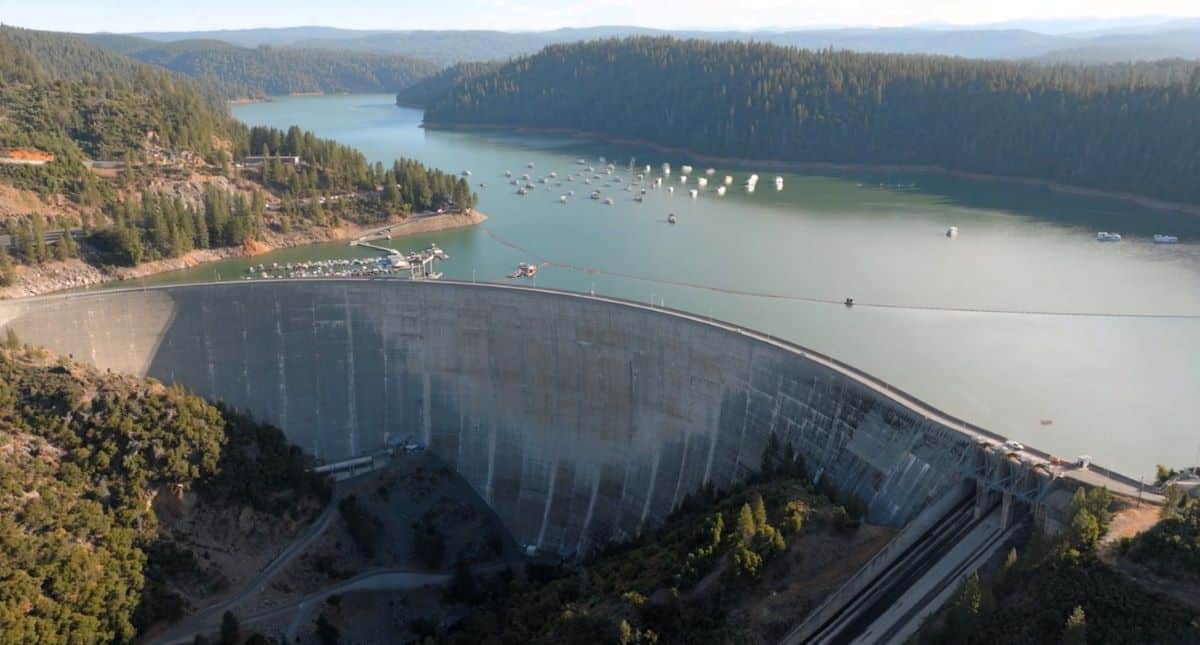You would be hard-pressed to find a water infrastructure conference that does not include a session focused on digital twins. If you have been around long enough, you are also well aware that history is rife with examples of how the buzz around new technology topics can fade fast. But, as Bentley Systems’ Tom Walski shares, digital twins represent a more natural progression, which has led to the vibrant and well-established use of digital twins among water utilities and their suppliers.
However, industry-wide adoption of digital twins in water utilities is still in its early days. Although digitization has been an intrinsic part of many utilities’ processes for years, they still lack of a holistic and integrated view of their systems to effectively shift operations from reactive to predictive.
As digital twin adoption starts to pick up in the sector, and the buzz continues to gain steam, it seems like a good time to step back and explore recent industry efforts to standardize the definition of digital twins within the context of water utilities, as well as examine how digital twins are bringing value to water utilities.
What does the term Digital Twin mean to Water Utilities?
Many variations of digital twin definitions have emerged over the years, and each organization—whether a water utility, engineering firm, or a consulting firm—seems to have its own understanding of digital twins. To help drive consistency within the water sector, The American Water Works Association (AWWA) and Smart Water Networks Forum (SWAN), moved forward with an official definition: “A digital twin is a dynamic digital representation of real-world entity(s) and their behaviours using models with static and dynamic data that enable insights and interactions to drive actionable and improved outcomes.”
Digital Twins Bring to Value to Water Utilities
Nearly every water utility is facing the following challenges:
• Big data – Large amounts of data are being collected and need to be managed. Only a very small part of the data collected is being used to drive insights.
• Several different systems – Utilities rely on various systems, including GIS, work orders system, maintenance system, billing system, SCADA, other telemetry systems, hydraulic models, and asset management systems.
• Different departments – Information is stored in different systems that are siloed in different departments.
• Communication between departments – This is usually a challenge, as each department is typically more focused on solving its own issues. When a joint effort is needed to tackle a problem, response is often slow.
So, how does a digital twin help address these challenges?
1. Unify Data
Digital twins integrate huge amounts of data from systems that are siloed in different departments. Digital twins serve as single-view-of-truths for operations, where all the information required is easily accessible at any time by any user, regardless of their academic training level – from directors, to engineers, to operators. Their intent is not to replace existing systems, but rather to connect them, bringing the most relevant information into a single integrated platform automatically and updated in real time to be used by operations.
For example, AEGEA, one of Brazil’s largest private water and sanitation companies, needed to improve the quality of water services and asset management decisions in Manaus, the capital and largest city in the state of Amazonas. The utility needed to find a solution capable of remotely monitoring and analyzing Manaus’ water systems. Using OpenFlows WaterSight, they created and curated a digital twin that brought SCADA, GIS, hydraulic modeling, and customer information into a connected data environment. With a digital twin, they could deliver cost-effective operations and maintenance strategies in real time.
According to Lais Regis Salvino, digital infrastructure engineer at AEGEA, “With digital twins, we can analyze the behavior of our systems with real data and determine the best way to operate them. We can check the level of the tanks and determine if we have any leaks in our network before they become a problem.”
2. Actionable Insights and Predictive Operations
While an integrated platform is a great step forward, it is still not enough. Water utilities are facing pressure from stakeholders, including shareholders, government and municipalities, and society, to decrease operational costs and optimize operations efficiency while at the same time assuring environmental sustainability and improving customer satisfaction. It all needs to be achieved with increasingly insufficient human resources. Digital twins help by enabling utilities to do more with less.
Digital twins not only serve as a single view of truth that connects the different types of systems and data, but it also provides additional and actionable insights to water utilities, based on all the data that it is processing. They empower personnel to anticipate problems before they happen. They allow a shift from preventive to predictive maintenance and operations. They provide additional and new insights to utilities, which help significantly reduce nonrevenue water, improve energy efficiency, improve customer service and network resilience, and assure the best capital planning decisions.
3. Simplifying Smart Operations
Having an integrated platform that provides additional and actionable insights might seem like a great solution. However, if the platform is too complex, chances operations won’t adopt it.
Simplifying is a keyword when talking about digital twins. Operators are already busy with many urgent tasks that need to be addressed―pipe breaks, customer complaints, broken equipment, planned activities … the list is long. At the same time, an increasing number of utilities are also dealing with a lack of human resources. The introduction and adoption of a new integrated platform, with all the new workflows included, can be seen as another extra activity—and can easily go to the “bottom of the pile” of the priorities. This situation is especially true when the solution is hard to implement and use or does not provide new, valuable insights.
Digital twin solutions should be simple to use, implement, and configure. They should be intuitive and provide new insights with only one or two mouse clicks. Anyone at the utility should be able to use these solutions regardless of their technical skill level or education.
The information in the hydraulic model should be provided in a simple way so that nonmodelers can use it with ease. Billing information should be easily accessible so that noncommercial departments can benefit from it as well. GIS information should be readily available for anyone. Any sensor measurement should be quickly accessible, including historical and real-time data and comparison with expected patterns. Alerts should be automatically triggered whenever anomalous events are detected, and utility staff should be notified immediately. Water balances for each zone should be automatically computed, without all the manual effort that usually is involved, including an automatic division between real and apparent losses. The solution should automatically calculate and display pump performance to the user, and it should be trackable and based on real measured data.
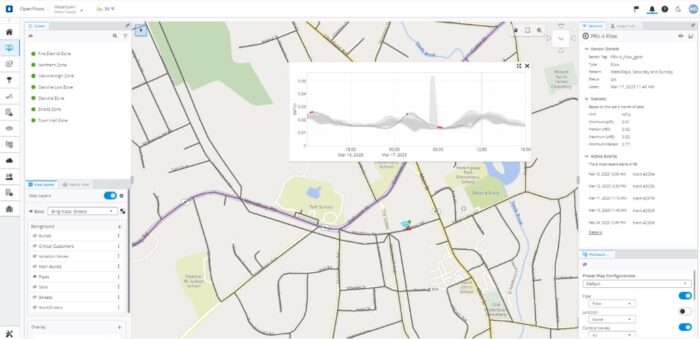 A single view of truth: connecting and displaying information from network sensors, zones, large customers, GIS, other map layers and hydraulic model.
A single view of truth: connecting and displaying information from network sensors, zones, large customers, GIS, other map layers and hydraulic model.So, why should water utilities care about digital twins?
Digital twins are no longer just a buzzword. As utilities continue to embrace innovative technologies and the need for data-driven decisions accelerates, digital twins are quickly becoming the future of the water sector. Every innovation brings a learning curve and there are hurdles to overcome. However, integration and interoperability, delivery of new and actionable insights, and ease of usage are the three crucial characteristics that will set your utility on the path to successful digital twin adoption.
For more information about Bentley’s digital twin for water distribution, visit OpenFlows WaterSight.
Read more of Tom’s blogs here, and you can contact him at [email protected].
Want to learn more from our resident water and wastewater expert? Join the Dr. Tom Walski Newsletter today!

